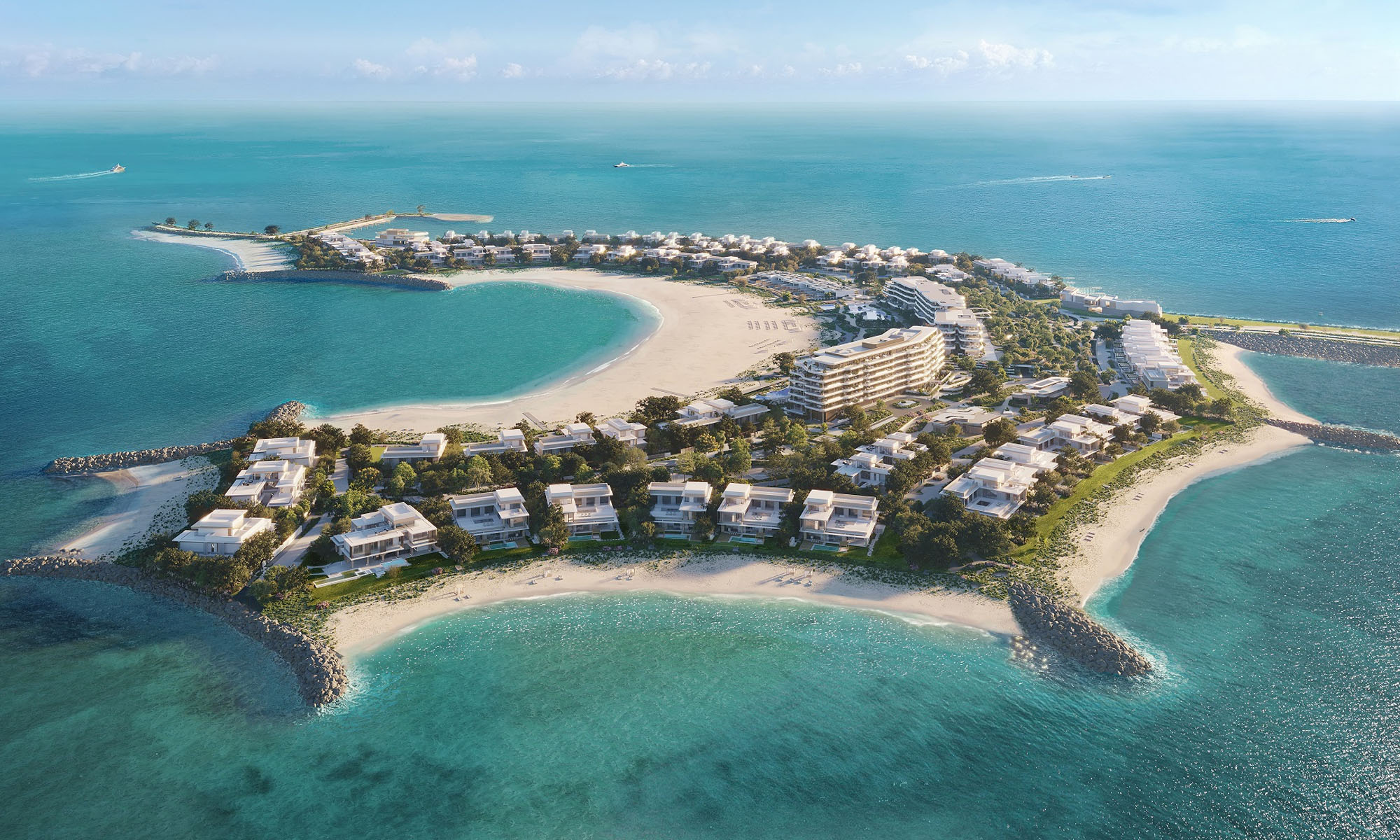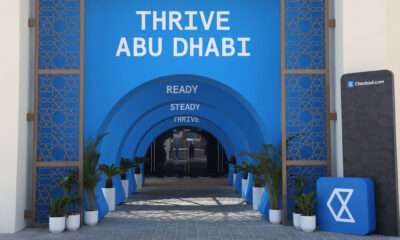News
Abu Dhabi Developer To Build World’s First Healthy Living Island
The exclusive resort will be situated halfway between Abu Dhabi and Dubai, and will feature a helipad, 86 residential villas, and 49 apartments.

Abu Dhabi-based real estate developer IMKAN has formed a partnership with the world-renowned SHA Wellness Clinic to construct a unique private island resort at Al Jurf, halfway between Abu Dhabi and Dubai.
The development is known as SHA Residences Emirates and will combine a holistic health resort with 86 residential villas and 49 apartments — two of which will be penthouses. The “healthy living island” will also offer easy beach access, a fantastic climate, and even a former royal palace.
Raed Al Hadad, chief of marketing and sales at IMKAN, explained why the idyllic location was chosen: “We have turquoise water here, cooler temperatures, and breezes. This is the place where the late Sheikh Zayed bin Sultan Al Nahyan used to come and reflect on key policies. This palace is where one of the first talks about the formation of the UAE took place”.
IMKAN is currently working alongside Abu Dhabi’s Department of Culture and Tourism to rejuvenate the historic palace and turn it into a tourist attraction.
Also Read: Abu Dhabi To Develop $1 Billion eSports Island Facility
Construction of the resort will begin in July and should be finished by 2025. The island will eventually be home to a full staff of doctors, therapists, yoga instructors, personal trainers, and world-class chefs. Residents and visitors will benefit from a full suite of services, including wellness programs, detox treatments, spas, and blood tests.
“Al Jurf as a destination has all the potential to promote wellness tourism. People from Saudi Arabia, India, and Russia are just a few hours away from this place,” Raed Al Hadad added.
The exclusive healthy living island will be accessible by road and also feature a helipad. Meanwhile the developers plan to add connections by water from Abu Dhabi and Dubai.
News
Influencer Growth Fuels Saudi Creator Economy Surge
The Kingdom’s creator economy grew over 32% in Q1 2025, fueled by TikTok, UGC, and cost-per-action (CPA) influencer models.

Saudi Arabia’s creator economy saw a significant 32.37% growth in the first quarter of 2025, driven by an uptick in influencer marketing, content-driven e-commerce, and the increasing influence of user-generated content (UGC). These insights come from a recent study by Admitad and the Stllr Network.
Much of this momentum is coming from video-based platforms, where brands are leaning on creators who feel more relatable than polished ad campaigns. The trend shows a clear preference for authenticity, as audiences gravitate toward content that feels real and personal.
Mohannad Alzahrani, Co-founder and VP KSA of Stllr Network, highlighted the shift: “The rise of user-generated content (UGC) is changing the way brands engage with consumers. Audiences trust real creators more than traditional advertising, making UGC a key driver of authenticity and sales”.
TikTok remains the dominant platform in this space, reportedly reaching 88% of the Saudi population. It also showed the sharpest rise in influencer-led transactions. Other platforms followed with solid, if less dramatic, growth: X was up 17%, Instagram increased by 12%, and Telegram by 10%.
In terms of content niches, beauty led the pack with a 56% growth rate, followed by lifestyle at 45.8% and fashion at 18.2%. Tech content also showed healthy traction at 10.6%, while entertainment, food, fitness, parenting, and gaming posted smaller — but still positive — gains.
Also Read: Top E-Commerce Websites In The Middle East In 2025
The report analyzed more than 300,000 influencer-driven purchases. These efforts translated into a 15% year-on-year jump in Gross Merchandise Value (GMV) and a 5% increase in the number of orders in 2024. Influencers themselves are seeing the benefit, with average order values hitting $54 and creator earnings rising by 14%.
A noticeable trend is the move away from fixed-rate deals. More influencers in Saudi Arabia are embracing hybrid compensation models — especially cost-per-action (CPA) setups that tie their earnings directly to performance.
As Anna Gidirim, CEO of Admitad, explains, “The CPA model brings much-needed transparency to influencer marketing. Brands only pay for actual results, and influencers benefit by securing long-term partnerships while offering their audiences exclusive promo codes and special discounts”.
However, the ecosystem still shows a gender imbalance. The data indicates that 63% of creators in Saudi Arabia are men, while women account for just 37%.


























